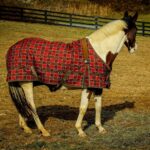Whether you’re a daily commuter, a weekend warrior, or a professional rider, the right pair of gloves can make all the difference in your riding experience. Gloves aren’t just about comfort—they’re essential safety equipment that protects your hands from weather extremes, debris, and potential injuries. With countless options available on the market today, selecting the perfect pair for specific weather conditions can feel overwhelming. This comprehensive guide will help you navigate the world of riding gloves so you can make informed choices for year-round riding comfort and protection.
Understanding Why Weather-Appropriate Gloves Matter

Your hands are critical control points when riding, whether you’re on a motorcycle, bicycle, or horse. When your fingers become numb from cold or slippery from sweat, your ability to operate controls safely diminishes significantly. Weather-appropriate gloves provide the necessary protection to maintain dexterity and control regardless of external conditions. Beyond comfort, properly chosen gloves prevent common riding ailments like blisters, calluses, and more serious issues like frostbite and heat exhaustion that begin in the extremities. Additionally, quality weather-specific gloves extend your riding season by allowing you to comfortably tackle conditions that might otherwise keep you indoors or off the saddle.
Identify Your Riding Style and Needs

Before purchasing any riding gloves, take time to honestly assess your particular riding habits and requirements. Consider whether you’re primarily a road rider, off-road enthusiast, or mixed-terrain adventurer, as each style demands different features from your gloves. Think about your typical ride duration—short commutes might require less specialized gear than all-day excursions where comfort becomes paramount. Your geographical location plays an essential role too, as riders in four-season climates need a more versatile glove collection than those in more consistent weather regions. Finally, evaluate any specific physical needs you might have, such as arthritis that requires additional padding or circulation issues that demand special insulation properties.
Essential Features for All-Weather Riding Gloves
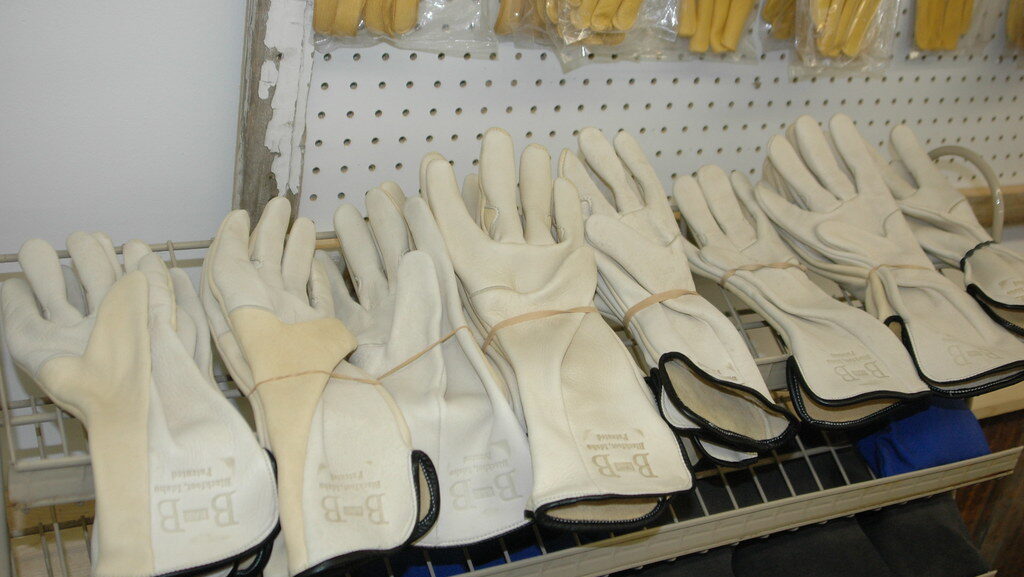
Regardless of seasonal variations, certain features prove valuable in any riding glove worth its price tag. Look for reinforced palms that provide both durability and improved grip, particularly in areas that typically experience the most wear. Articulated fingers allow for natural movement and reduce fatigue during extended rides, while also improving your ability to manipulate controls precisely. Secure wrist closures prevent unwanted air infiltration and ensure gloves stay in place during vigorous riding. Touch-screen compatibility has become increasingly important, allowing riders to use navigation devices or phones without removing gloves. Additionally, reflective elements improve visibility during dawn, dusk, or nighttime riding conditions, adding a crucial safety element to your gear.
Summer Glove Considerations: Staying Cool Under Pressure
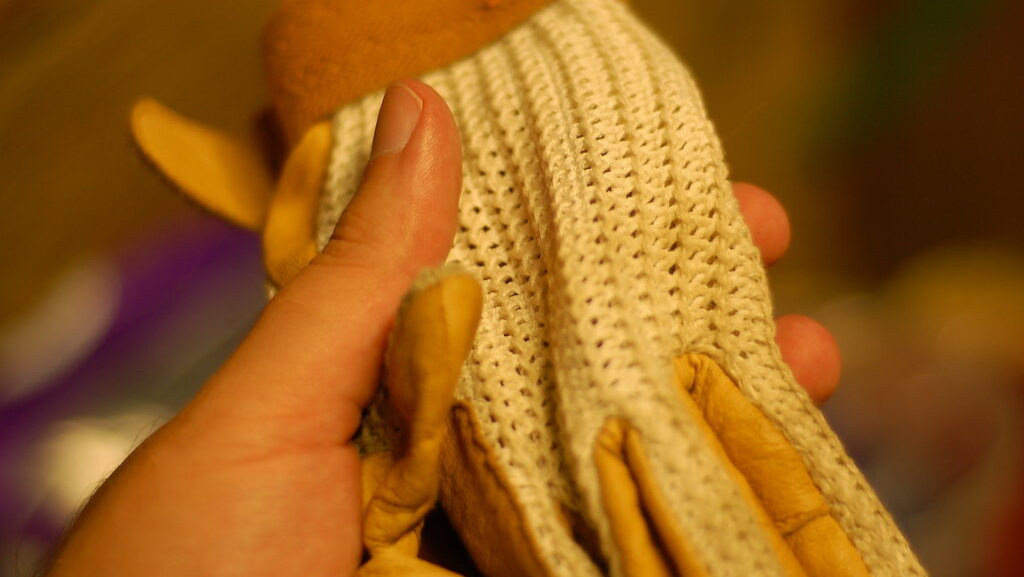
Hot weather riding presents unique challenges, with the primary goal being adequate protection without overheating. Ventilation is paramount, so look for gloves with strategic mesh panels or perforations that allow air circulation while maintaining structural integrity. Moisture-wicking liners draw sweat away from your skin, reducing discomfort and maceration that can lead to blisters during long rides. Lightweight materials like goatskin or synthetic blends provide the necessary abrasion resistance without bulkiness or excessive heat retention. Despite the temptation to go glove-less in extreme heat, fingerless options offer a compromise, protecting high-impact palm areas while allowing finger dexterity and cooling. Remember that summer gloves still need to offer protection—prioritize models with adequate padding in critical impact zones despite their lightweight construction.
Winter Glove Essentials: Conquering the Cold
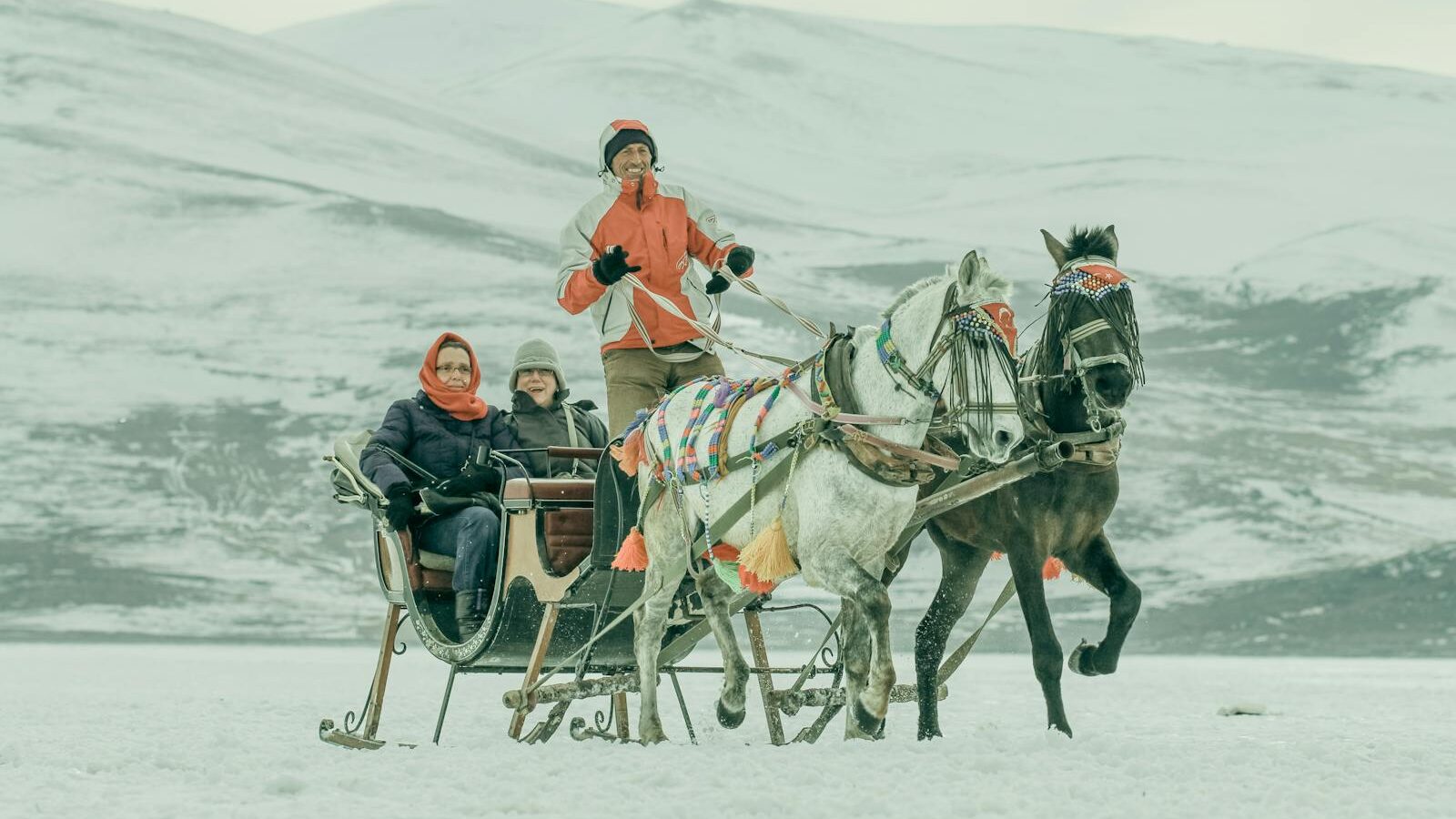
Cold-weather riding demands specialized gloves that balance warmth with the dexterity needed for safe operation of your vehicle. Insulation technology has advanced significantly, with options like Thinsulate or PrimaLoft offering exceptional warmth without excessive bulk that could compromise control. Windproof membranes prove essential for preventing the chilling effect of air rushing past your hands, even when temperatures aren’t extremely low. Extended gauntlet designs that cover part of your forearm eliminate gaps between gloves and jackets where cold air might otherwise penetrate. Look for moisture-resistant outer shells that repel snow and rain while allowing internal moisture to escape, preventing the dangerous cooling effect of dampness against the skin. Some premium winter riding gloves also incorporate heating elements powered by rechargeable batteries, extending comfortable riding into truly frigid conditions.
Wet Weather Warriors: Rain-Ready Glove Technology

Riding in wet conditions creates unique challenges that specialized glove technology effectively addresses. Waterproof membranes like Gore-Tex or Hipora create barriers that prevent external moisture from reaching your skin while allowing perspiration to escape, maintaining comfort during physical exertion. Sealed seams complement these membranes by eliminating potential entry points for water, particularly important in downpour conditions. Enhanced grip patterns and materials on palms and fingers counteract the reduced friction that wet conditions create between gloves and controls. Quick-drying outer materials prevent gloves from becoming waterlogged and heavy, while still maintaining their protective qualities. Some advanced rain gloves also incorporate squeegee elements on the thumb or index finger, allowing riders to quickly clear water from visors or glasses without removing their hand protection.
Transitional Season Solutions: Spring and Fall Flexibility

The unpredictable weather of spring and fall presents unique challenges for riders seeking appropriate hand protection. Modular or convertible gloves offer exceptional versatility, with removable liners or transformable designs that adapt to temperature fluctuations during these transitional seasons. Layering-friendly gloves work well with liner gloves underneath, allowing riders to adjust their hand warmth without carrying multiple bulky pairs. Wind-resistant but breathable materials perform exceptionally well during these seasons, blocking the morning chill while preventing overheating as temperatures rise. Water-resistant (rather than fully waterproof) treatments often prove sufficient for the occasional showers common in transitional months, while maintaining better breathability than their fully waterproofed counterparts. The ideal transitional glove combines elements of both summer and winter designs without committing fully to either extreme.
Material Matters: Choosing the Right Fabrics and Leathers
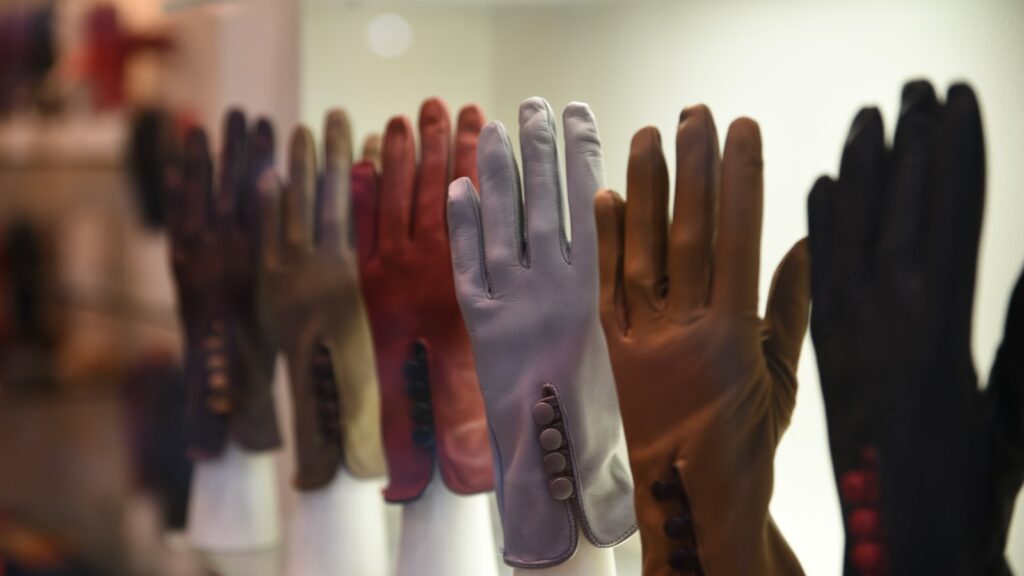
The materials used in riding gloves significantly impact their performance across different weather conditions. Natural leathers like cowhide offer excellent abrasion resistance and conform to your hand shape over time, creating a custom fit that improves control. Premium leathers such as kangaroo or goatskin provide superior tactile sensitivity while maintaining protective qualities, though they typically command higher prices. Synthetic materials like Cordura or Kevlar deliver exceptional durability and often incorporate weather-specific treatments more effectively than natural materials. Modern textile blends combine multiple performance fibers to address specific weather challenges, like hydrophobic outer layers with insulating inner components. Understanding how different materials perform in various conditions helps you select gloves that will maintain their protective and comfort properties throughout their lifespan in your typical riding environment.
Fit and Sizing: Finding Your Perfect Match

Even the most technically advanced gloves fail if they don’t fit properly, making correct sizing crucial to riding comfort and safety. Measure your hand according to manufacturer guidelines, typically around the widest part of your palm excluding the thumb, and match it to their specific sizing chart rather than assuming consistency between brands. Proper fit should feel snug but not restrictive, with no excess material that could bunch up and cause discomfort or control issues. Allow for different fit requirements across seasons—winter gloves typically need slightly additional room to accommodate liner gloves or air insulation without restricting circulation. Test flexibility by making a fist and gripping objects similar to your handlebars or controls; you shouldn’t feel significant resistance or tightness. Remember that many quality gloves, especially leather varieties, will break in and conform to your hand shape over time.
Protection Features Beyond Weather Resistance

While weather adaptation remains central to glove selection, don’t overlook additional protective elements that enhance safety in all conditions. Impact protectors over knuckles and scaphoid areas prove particularly valuable for motorcyclists and mountain bikers, absorbing energy during falls or collisions. Reinforced palm sliders allow your hand to slide rather than catch during a fall, reducing the transmission of rotational forces that can cause wrist injuries. Connecting straps between fingers prevent finger separation during impacts, particularly important for off-road riding where branches or obstacles might catch individual digits. Wrist support systems can reduce hyperextension injuries without compromising necessary movement for vehicle control. These protective features should complement rather than compromise the weather-specific performance of your chosen riding gloves.
Maintenance and Care: Extending Glove Lifespan
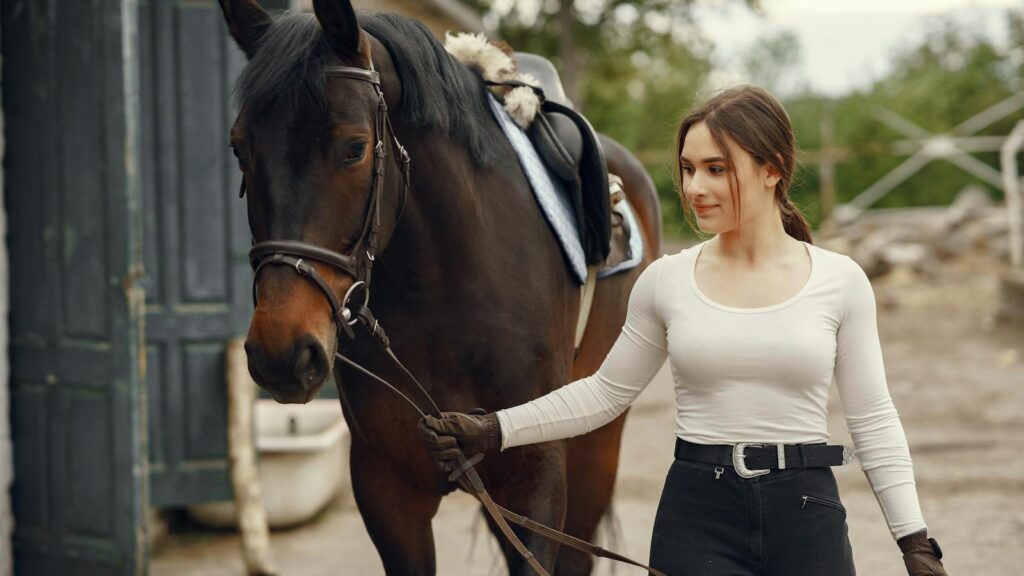
Proper care significantly extends the functional lifespan of your riding gloves, especially those designed for specific weather conditions. Clean gloves according to manufacturer specifications—typically leather gloves require specialized cleaners and conditioners, while technical fabrics may be machine washable with appropriate precautions. Dry wet gloves naturally at room temperature, never using direct heat sources which can damage waterproof membranes or cause leather to crack and harden. Store gloves properly between rides, using hand forms for expensive pairs to maintain their shape and prevent creasing that leads to premature material breakdown. Apply appropriate weather treatments seasonally, such as waterproofing sprays before rainy periods or leather conditioners before winter storage. Regular inspection for wear points, loose stitching, or diminished protective features helps you identify when maintenance isn’t enough and replacement becomes necessary for safety.
Budget Considerations: Value vs. Investment

Riding gloves span an enormous price range, making budget considerations important when building your all-weather collection. Consider frequency of use when allocating your budget—invest more in gloves for your primary riding season and conditions you encounter most often. Recognize that certain weather-specific technologies command premium prices but deliver significant performance benefits, such as advanced waterproof breathable membranes or sophisticated heating systems. Many riders find greater value in purchasing several specialized pairs rather than seeking a single “do-everything” glove that inevitably compromises performance in specific conditions. Watch for seasonal sales that often offer significant discounts on outgoing models, particularly for winter gloves as spring approaches or summer gloves in fall. Remember that quality gloves represent an investment in both comfort and safety—inadequate protection costs more in the long run through injury or abbreviated rides due to discomfort.
Specialty Applications: Sport-Specific Considerations
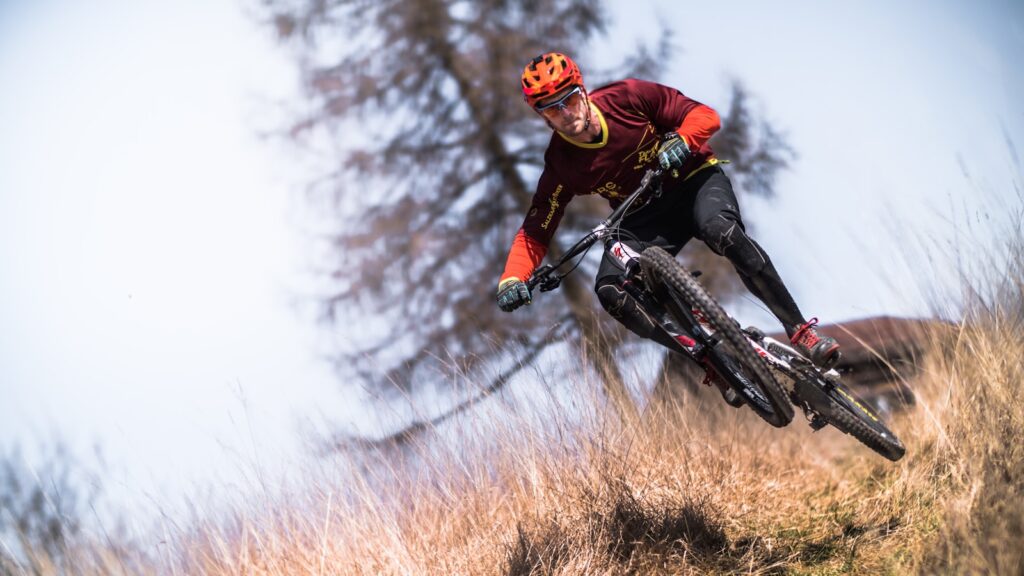
Different riding disciplines often require specialized glove features beyond general weather considerations. Motorcyclists typically need enhanced impact protection and abrasion resistance compared to other riders, particularly in the palm and knuckle areas most vulnerable during falls. Mountain bikers benefit from reinforced fingertips and enhanced grip patterns that improve control over brake levers and shifters on technical terrain. Road cyclists often prioritize aerodynamics and tactile sensitivity for precise handling during high-speed descents or group riding scenarios. Equestrians require unique reinforcement patterns that accommodate reins and prevent rubbing during long periods of consistent pressure. Understanding the specific demands of your preferred riding discipline helps narrow your glove search to models that address both weather conditions and activity-specific requirements, ultimately providing better performance and protection.
Conclusion
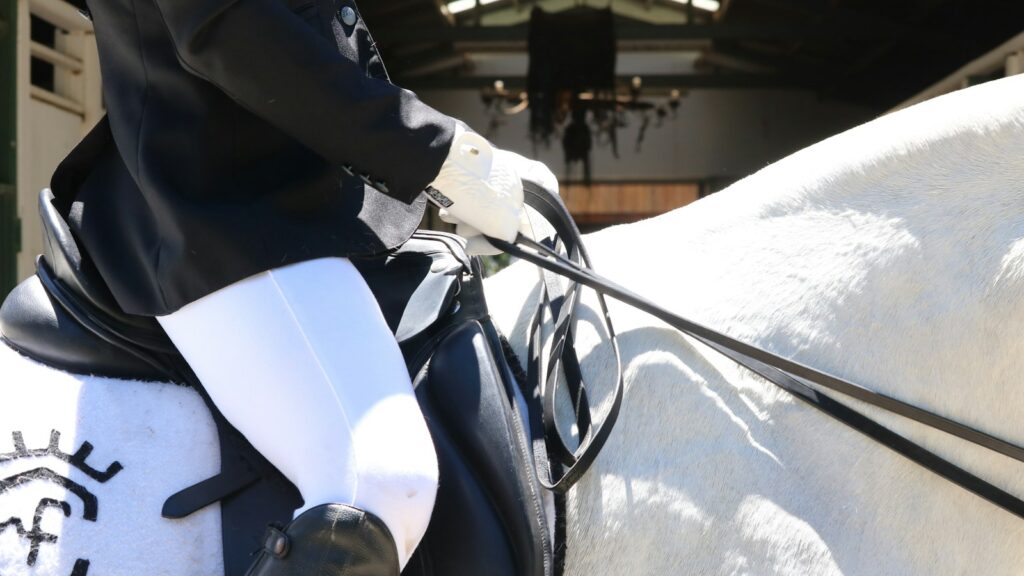
Selecting the right riding gloves for varying weather conditions involves balancing protection, comfort, control, and specialized features for your particular riding style. By understanding the unique challenges each season presents and the technologies available to address them, you can build a versatile glove collection that keeps you riding comfortably year-round. Remember that no single glove excels in all conditions—embracing specialized options for different weather scenarios ultimately provides the best experience and protection. With the knowledge from this guide, you’re well-equipped to make informed decisions about this crucial piece of riding gear, ensuring your hands remain comfortable, protected, and in control regardless of what Mother Nature throws your way.




